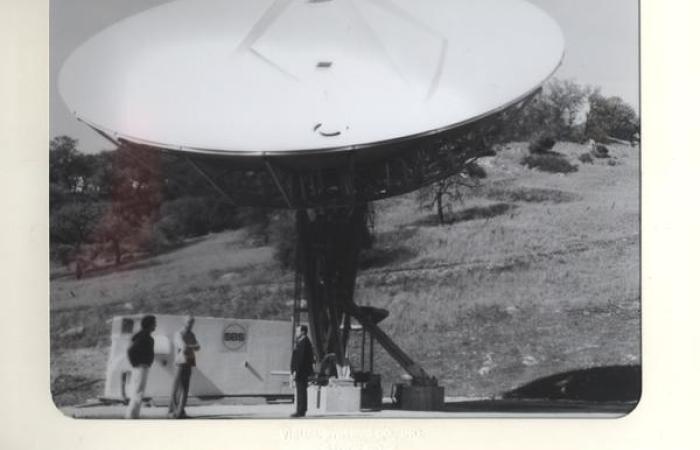
Pirates of the Caribbean: US Domestic Satellites & Media Distribution in the Americas in the 1980s
The early history of satellite broadcast has a Gemini aspect: twin origins in the research and development laboratories of major American corporations, and in the homes and workshops of legions of grassroots tinkerers across North and South America, notably in the Caribbean. These two streams crossed in the 1980s. Companies like RCA tried to build the infrastructure and market for satellite television but failed to find cost-effective designs for consumer satellite dishes. Meanwhile grassroots innovators and activists found ways to mass-produce inexpensive satellite dishes but were blocked from accessing the corporate broadcast signal. “Pirated” satellite television was born.
Fabian Prieto-Nañez, assistant professor of Science, Technology, & Society at Virginia Tech University, uncovers this history in his latest research. Using the RCA collection held in the Hagley Library and pairing its “institutional voice” with the voices of small-time innovators he has discovered in the Caribbean, Prieto-Nañez argues that the modern market for satellite television rests upon the twin foundations of corporate investment and individual creativity. This network of social and technical actors combined over time to produce a new market.
In support of his work Prieto-Nanez received funding from the Center for the History of Business, Technology, & Society at the Hagley Museum & Library.
The audio only version of this program is available on our podcast.
